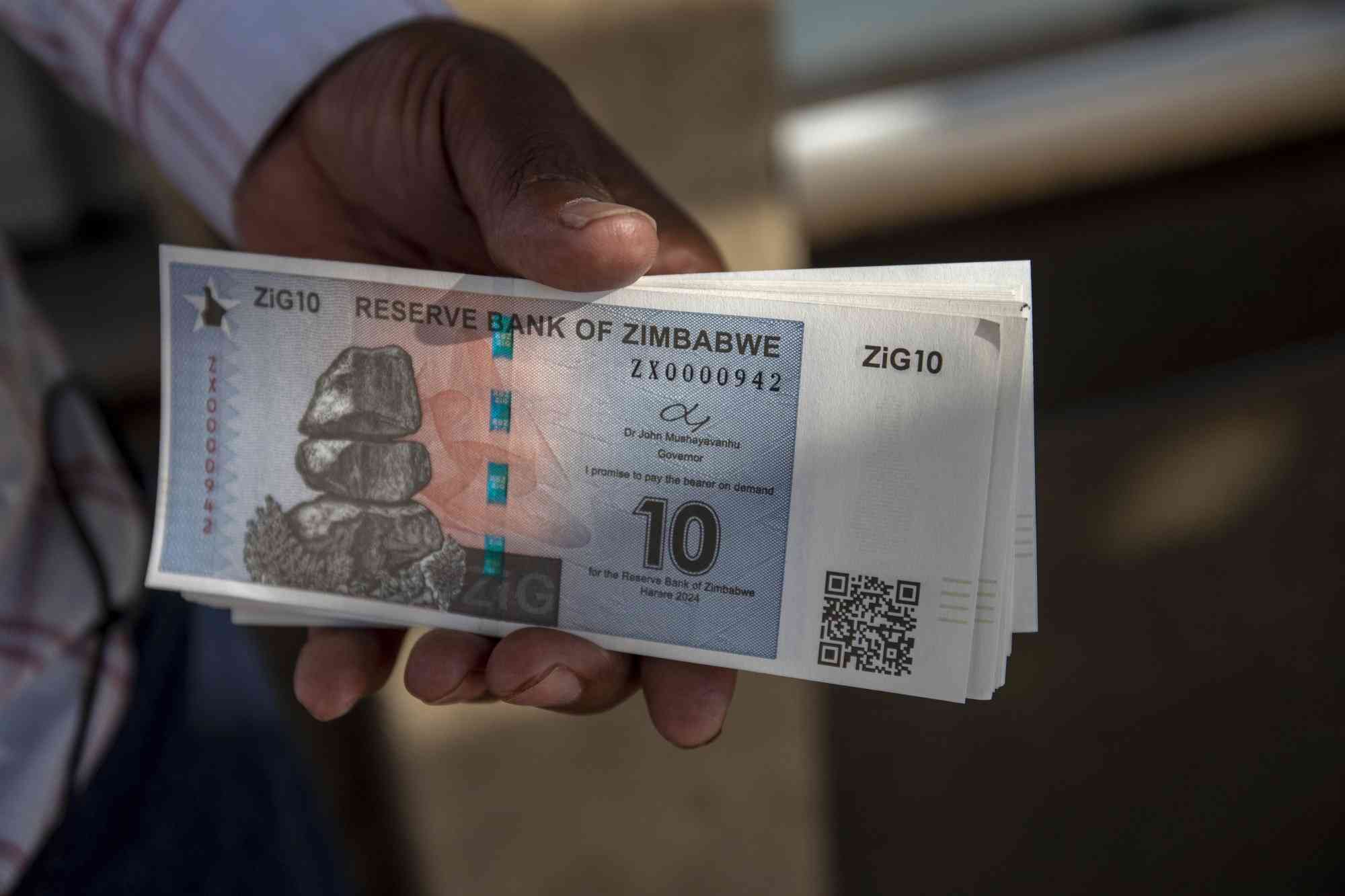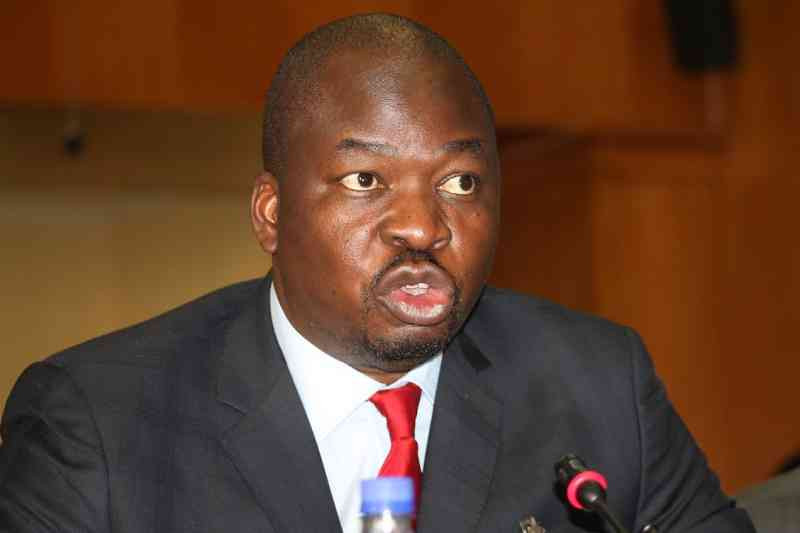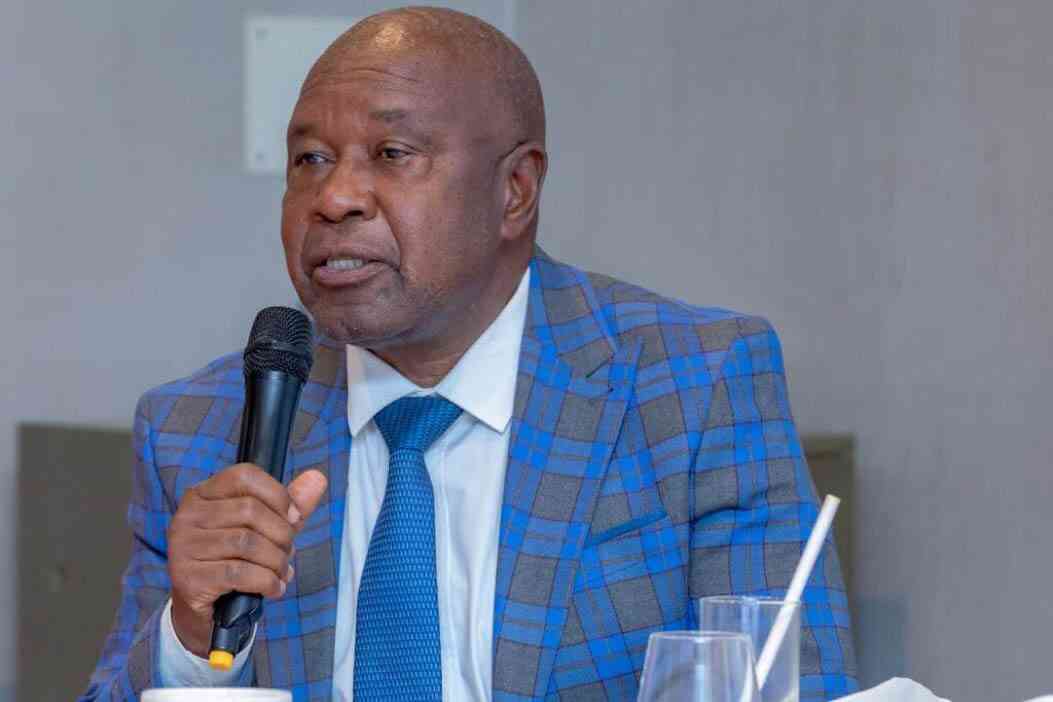
The government has been struggling to communicate how exactly it intends to implement the phasing out of the United States dollar as the anchor currency by 2030 and this has drawn the attention of the International Monetary Fund (IMF).
Zimbabwe dollarised in 2009 after record hyperinflation led to the collapse of the local currency. Since then the country has been using a basket of currencies dominated by the Unite States dollar.
There have been six attempts to revive the local currency since then with the latest attempt being the introduction of the Zimbabwe Gold (ZiG) in April last year.
The ZiG replace the RTGs dollar, which was losing value at a frightening pace and was meant to ancho price stability as well as restoring trust in the local currency.
However, over a year since its introduction the ZiG remains scarce on the market and many Zimbabweans have not seen the new currency in physical form.
The US dollar remains the currency of choice even for government departments, including the Registrar General’s Office whose passport charges remain exclusively in foreign currency.
President Emmerson Mnangagwa’s government insists that it will phase out the use of the US dollar in five years, but many are not convinced, including the IMF.
At the conclusion of its consultation with Zimbabwe last week, the IMF said the government must clarify whether the use of the ZiG will be limited to domestic transactions and whether bank deposits will be allowed to remain dominated in both currencies.
- Village Rhapsody: How Zimbabwe can improve governance
- Village Rhapsody: Engage men to end gender-based violence
- Village Rhapsody: How Zimbabwe can improve governance
- Zim maize output to drops by 43%
Keep Reading
The Bretton Woods institution said lack of clarity about operational implications for existing foreign bank deposits has increased uncertainty and weight on financial intermediation.
John Mushayavanhu, the Reserve Bank of Zimbabwe, in August unveiled a dedolarisation roadmap alongside a five-year economic blueprint, which set targets that should be met before the ZiG becomes the country’s sole currency.
Obviously, the blue print did little to answer many lingering questions about the plans to phase out the US dollar.
Investors cannot make decisions about putting their money in an economy full of uncertainty.
Citizens, who have lost faith in the monetary authorities because of past trauma, are becoming increasingly jittery about the safety of the savings.
The government is best advised to take the IMF recommendation seriously and take concrete steps to assure Zimbabweans and investors that it has a coherent strategy to transition into a mono currency regime.











